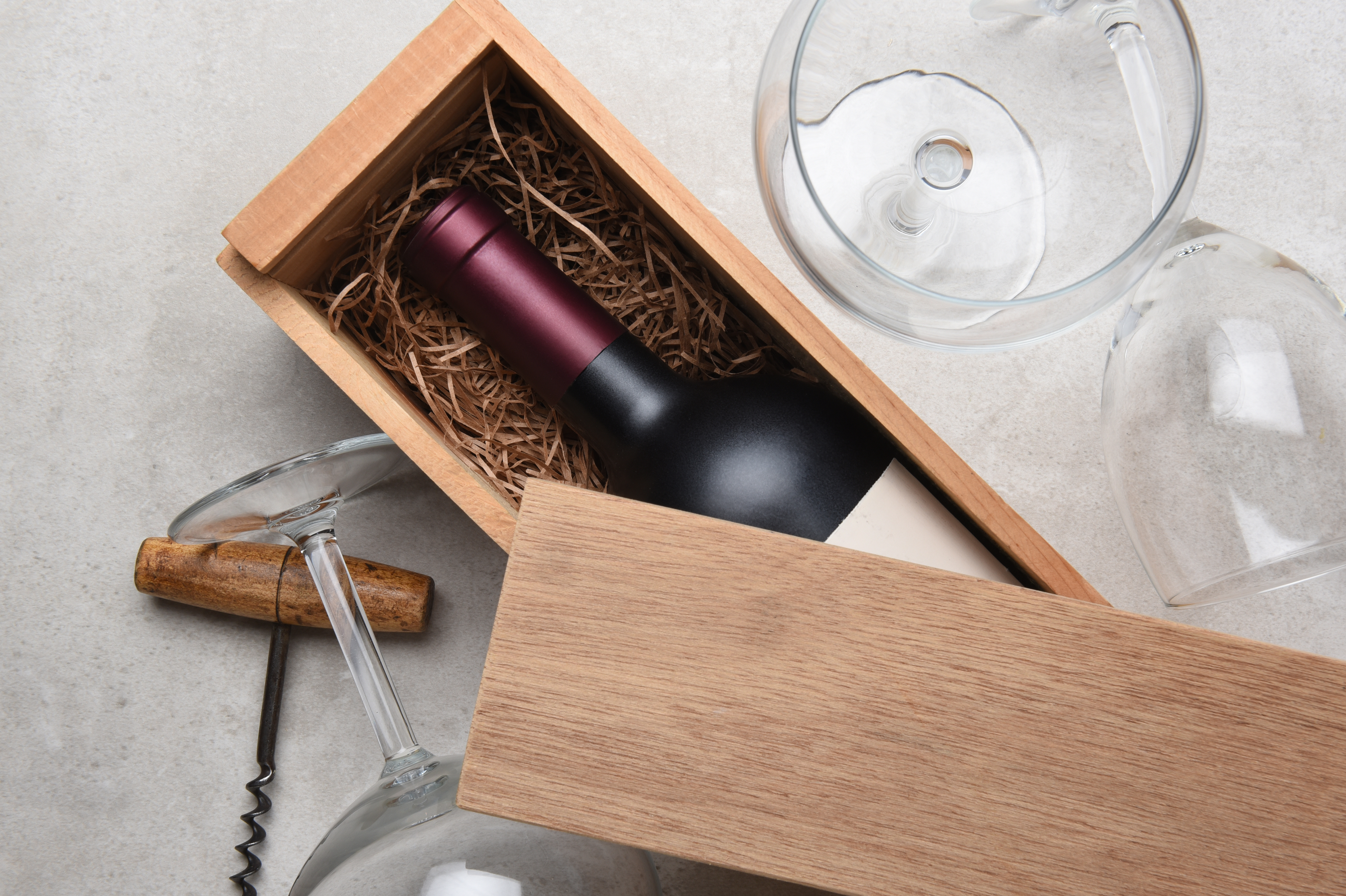Author: PACKQUEEN Date Posted:21 November 2019
Sending bottles of wine over long distances, especially expensive wines, can be risky business. Wine bottles are relatively fragile and can easily break, although careful packaging can reduce the chances of this. However, there are also other dangers and you need to take steps to mitigate against them all.
1. Know When You’re Sending
Wine can be adversely affected by extreme temperatures, causing it to freeze in winter and lose its flavour if too hot in summer. It’s clearly not possible to only ship in the milder months so ensure your wine is properly insulated to keep it at the right temperature. Also, choose a quick shipment method if you can so any exposure is minimal and avoid shipping over a weekend when your wine may be stuck in storage.
2. Know Where You’re Sending
A long trip will mean your wine is exposed to danger for longer and is more likely to be damaged by extreme temperatures, vibration, and knocks during handling. The longer the trip, the more important it is you ensure your wine is well packed.
3. Insulate Properly
A proper wine shipping box is by far the best way of shipping wine. Inserts are available to hold multiple bottles securely and they can be wrapped around with tissue paper or Kraft paper. This protects from vibration that can give a dull taste to the wine and from extreme temperatures that can harm the taste.
4. Pack Well
The main aims when shipping wine are to ensure it arrives at its destination in the same condition as it leaves you. You, therefore, want to make sure it stays at the same temperature, isn’t shaken about too much and the bottle doesn’t get broken in transit.
Place your wine in its shipping box and, to make doubly sure if it’s expensive wine, place this in a corrugated cardboard box that’s sturdy enough to withstand the rigours of shipping.
Select a box that’s big enough to hold the bottles but not too big so there is excess space, and which will easily handle the weight of the bottles. Place the container centrally in the box and pad around it to prevent movement and breakage.
5. Seal Correctly
A bottle of wine is relatively heavy and so, to ensure it doesn't fall through the bottom of the box, seal it securely with pressure-sensitive packing tape. Also, seal the top and across seams to deter unauthorised access.
6. Label Properly
Make sure you affix a label that clearly identifies the contents as ‘Fragile’. That way, you’ve more chance of it being treated with care and have a better claim if it is damaged.
7. Choose Your Courier
Most couriers are reliable and will get your package to its destination safely. However, if you want to minimise the time it is exposed to extreme temperatures, go for one that will provide next day delivery if possible. Also, select a courier that you know will do the job.
8. Insure your Shipment
Although this isn’t really part of packaging, it can be equally important. If you’re shipping high quality, valuable wine, seriously consider taking out shipping insurance that will compensate you for any loss. The courier may provide some basic insurance, but it may not be enough if your wine is valuable, even irreplaceable, so take additional cover if you have doubts.
Shipping wine is a risk; your package may go missing, the wine may deteriorate in transit or the bottle may be broken. However, this doesn't happen often and you’ll reduce the risk significantly if you take proper precautions and use a shipping company you can trust.



Let Us Know What You Thought about this Post